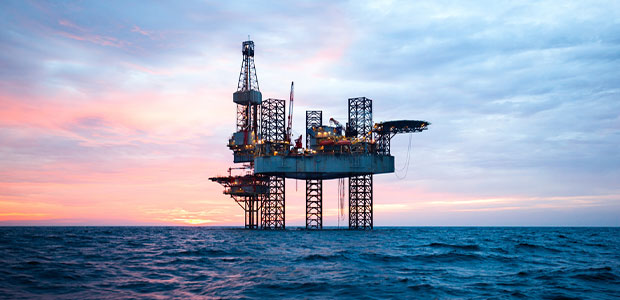
How to Select a Personal Sampling Pump for the Offshore Oil and Gas Industry
There are eight key features to look for when purchasing a sampling pump.
- By Tim Turney
- Feb 01, 2022
OSHA issues citations and penalties if businesses violate permissible exposure limits (PEL). PELs are legal limits designed to control employee exposure to hazardous substances in an eight-hour period to prevent health risks. However, employers are also advised to monitor recommendations from industrial hygiene experts and manufacturers because it is estimated that 90 percent of OSHA’s PELs have not been updated since the 1960s. Consequently, OSHA may issue citations under the general duty clause of the Occupational Safety and Health Act (OSH Act) if exposure limits exceed industry-wide standards and pose a threat to employee health.
Industrial hygiene methods are geared towards measuring personal exposure using personal air sampling pumps because the tried-and-tested method can quantify personal exposure and ensure compliance with regulatory limits. So, when purchasing a sampling pump, what features should you look for?
Safety Ratings
Many pumps are Intrinsically Safe (I.S.) rated as standard but it is worth checking that your pump’s I.S. rating is still appropriate for your facility to avoid any safety issues. An I.S. rated pump will not cause an explosion in a flammable atmosphere, critical for workplaces with significant levels of combustible substances. In addition, consider whether the pumps will be used in a harsh environment. For example, many pumps now have “Ingress Protection” ratings, which means they are protected from ingress by water and dust.
Design
Size, weight and accessibility are critical design elements. Pumps should allow freedom of movement, be unobtrusive, robust and not prone to leakage. Selecting a smaller, lightweight, low flow pump (0.05-1L) for sampling vapours and gases, over a medium flow pump (1-5L) equipped with a low flow adaptor is more user-friendly for workers.
Battery Life
When selecting a personal sampling pump, the battery life must be considered to maintain operation throughout the monitoring period. Due to the variable nature of the offshore oil and gas environment, the sampling pump can be put under changeable amounts of operating stress during a single monitoring period. If measuring dusts, as the filter media becomes loaded with sample, the pump must draw harder to overcome back pressure, and this in turn draws more power from the battery.
This article originally appeared in the February 1, 2022 issue of Occupational Health & Safety.